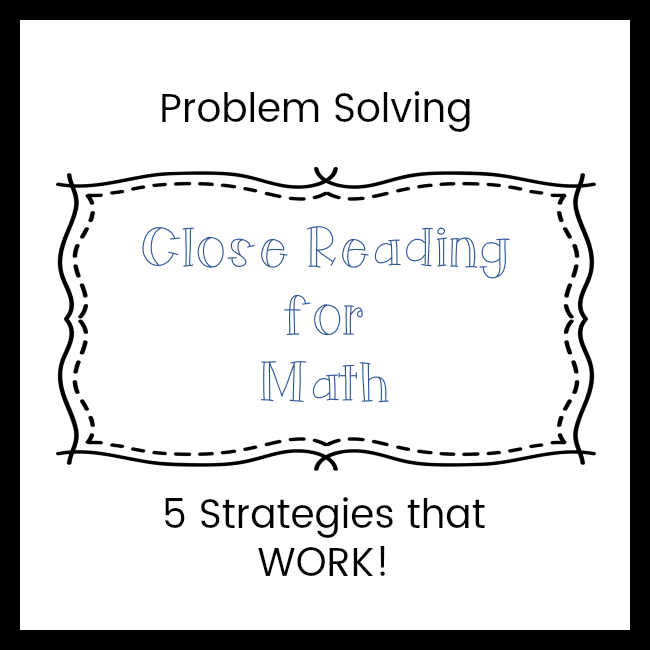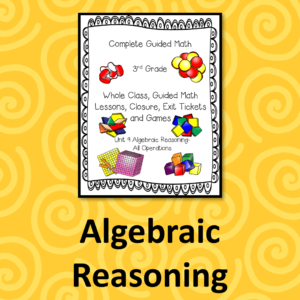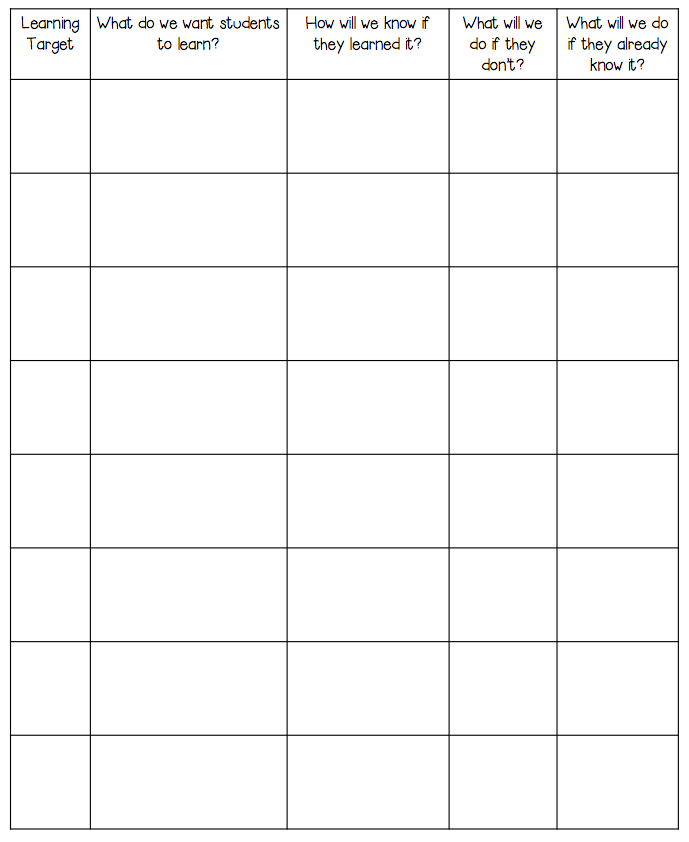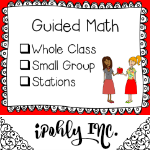Close Reading for Math is a critical step in problem solving. This workshop helps teachers connect the learning from ELA to Math. We start with a real world problem and find the math in it through 5 different strategies that promote critical thinking in math. These strategies help students understand what operation they need to do instead of looking for key words!
The 5 strategies are:
Cube It!
Say Mean Matter
K-N-W-S
Read it Again, and Again, and Again
Guided Solving
Author Archive: Misty Pohly
Algebraic Reasoning All Operations
Algebraic Reasoning with all operations is a fun unit to teach! We will be teaching one and two step problem solving with the whole gang of strategies- number lines, strip diagrams, equations, arrays, area models and tables. Thankfully these are not new! In this unit students begin to solve more complex problems. They require multiple operations and math reasoning comes into play. Students will really need practice and lots of paper to draw, make models and use strategies!
A few things are new to students in this unit- 3.5E number pairs in a table (a separate post is here about this topic), 3.6D Decomposing to find area, and 3.8B problem solving using a graph or table.
 When teaching 3.6D, focus on finding the rectangle and relate it to the area model. A great way to start is by doing a math huddle. This year we are trying this one. We are using the one on the right, but have the one on the left just in case the groups get really stuck! Give the kids the problem on the first day of instruction- without teaching them how to do it! Let them use what they know about area from the previous units to come up with a strategy. Let them share what they are doing!
When teaching 3.6D, focus on finding the rectangle and relate it to the area model. A great way to start is by doing a math huddle. This year we are trying this one. We are using the one on the right, but have the one on the left just in case the groups get really stuck! Give the kids the problem on the first day of instruction- without teaching them how to do it! Let them use what they know about area from the previous units to come up with a strategy. Let them share what they are doing!
This unit is packed with activities to make learning fun! It even has a digital breakout for the end of the unit review!
If you want your weekends back- no time spent writing lesson plans and hunting activities that are aligned to the TEKS- click the image below!
2 Dimensional and 3 Dimensional Figures
This unit is a big one! The TEK is: classify and sort two- and three-dimensional figures, including cones, cylinders, spheres, triangular and rectangular prisms, and cubes, based on attributes using formal geometric language.
The 3D is not too bad, but understanding the 2D is kinda crazy! In second grade they classified based on number of sides. They learned to count the sides and name the figure. This year, they will be looking at new attributes- the side length, sides that are equal distance apart opposite angles that are congruent and square corners. This is the year students learn about equilateral, isosceles and scalene triangles. They learn about the attributes of quadrilaterals- parallelograms, rhombuses, trapezoids, rectangles and squares. They learn about the attributes that help classify these shapes. It is important to teach students to identify shapes by their attributes and not just by recognizing the shape.
Guide Math Workshop
Many teachers call their math block Guided Math, but really they are doing Balanced Numeracy! Balanced Numeracy consists of Whole Class and Small Group Instruction.
Whole class instruction is more than a teacher directed lesson. It is a critical, very short, focused time that gives kids direct instruction, and time to talk about their strategies through math talks.
Small Group Instruction is often called Guided Math. This is a longer period of time working with kids on their skill level.
Contact Me for more information on Implementing Guided Math at your campus!
Interpreting the Remainder- What do we do with the leftover?
Interpreting the Remainder is a new skill for fourth graders. They are learning to divide 4 digits by 1 digits using area models, arrays, strip diagrams and the standard algorithm. Last week while planning with some teachers, we really with how to teach this to kids. We know that kids struggle with the standard algorithm and I am so tired of hearing about that dirty monkey that smells bad! I want to teach math not tricks! So we made a plan!
We decided we would start with an array using smaller numbers- it didn’t make sense to have the kids make 1,234 dots on the page and then try to divide them into groups. We would start small and practice making groups.
Then we would move to the partial quotient method (using place value blocks for concrete) and add the area model for a visual. Below is a video explaining what we are doing.
The next step is to teach about what is left over. We started with problems that asked kids to use the remainder as the answer. We wanted to have the remainder mean something. We made an anchor chart and sorted some problems into two categories- Use it or Not Use it. We worked some of the problems together and then students worked the rest on their own. we pulled small group to work with kids we knew were struggling and helped them get stronger with the process. We repeated this for the next two days before playing a whole class game of Quiz Quiz Trade with task cards. (You can find the product here.)
Here are our exit tickets we used on each day to assess how the kids were doing!








